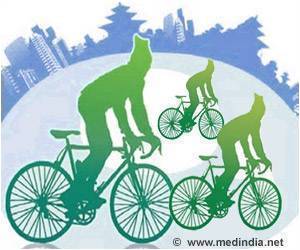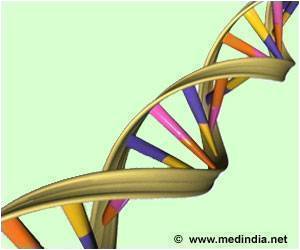An estimated two lakh cases of leprosy continue to be reported every year, with India accounting for more than half, reports the World Health Organization (WHO).

‘Leprosy is an infectious disease causing nerve damage and severe skin sores in arms, legs, and skin. However, the condition is treatable in the early stages.’





According to WHO, apart from India, a significant number of leprosy cases are detected in the Southeast Asia region, Brazil, sub-Saharan Africa and the Pacific. "Though leprosy is often equated with serious deformity and disability, the percentage of patients having these symptoms is down to six per cent, demonstrating the disease is being diagnosed earlier than ever," Singh added.
She further noted that core public health interventions such as active case-finding, improved treatment regimens and strengthened surveillance continue to drive down leprosy's incidence and spread, but the disease's bio-social components must be brought to the fore.
"As outlined in WHO's Global Leprosy Strategy 2016-2020, policies that promote inclusion and aim at ending leprosy-related discrimination, stigma and prejudice should be at the front and at the center of all leprosy programs, as powerful tools to achieve a leprosy-free world," she noted.
Advertisement









